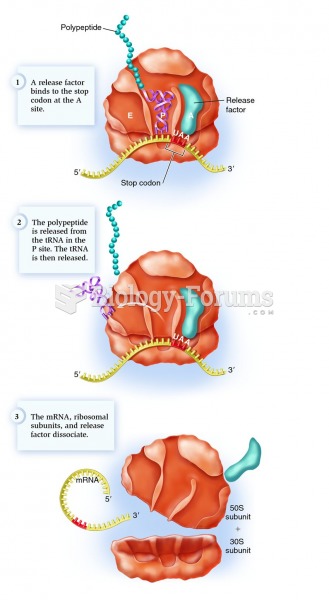Answer to Question 1
The Termination Act of 1953 initiated the most controversial government policy toward reservation Native Americans in the twentieth century. Like many such policies, the act originated in ideas that were meant to benefit Native Americans and give them greater autonomy while at the same time reducing federal expenditures, a goal popular among taxpayers. In 1947, congressional hearings were held to determine which tribes had the economic resources to be relieved of federal control and assistance.
The services the tribes received, such as subsidized medical care and college scholarships, should not have been viewed as special and deserving to be discontinued. These services were not the result of favoritism but merely fulfilled treaty obligations. The termination of the Native Americans' relationship to the government then came to be viewed by Native Americans as a threat to reduce services rather than a release from arbitrary authority. Native Americans might gain greater self-governance, but at a high price.
The Termination Act as finally passed in 1953 emphasized reducing costs and ignored individual needs. Recommendations for a period of tax immunity were dropped. According to the act, federal services such as medical care, schools, and road equipment were supposed to be withdrawn gradually. Instead, when the Termination Act's provisions began to go into effect, federal services were stopped immediately, with minimal coordination between local government agencies and the tribes to determine whether the services could be continued by other means. The effect of the government orders on the Native Americans was disastrous, with major economic upheaval on the affected tribes, who could not establish some of the most basic servicessuch as road repair and fire protectionthat the federal government had previously provided. The federal government resumed these services in 1975 with congressional action that signaled the end of another misguided policy intended to be good for tribal peoples.
Answer to Question 2
Answer: C







